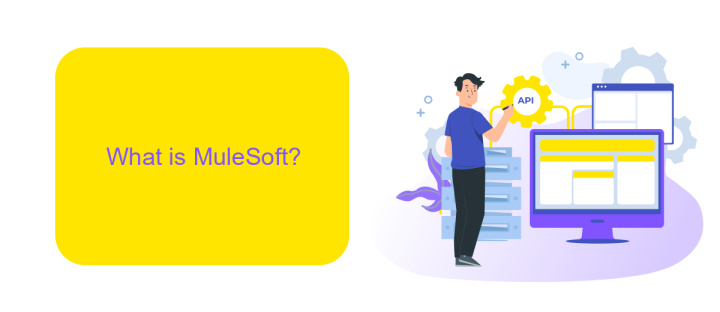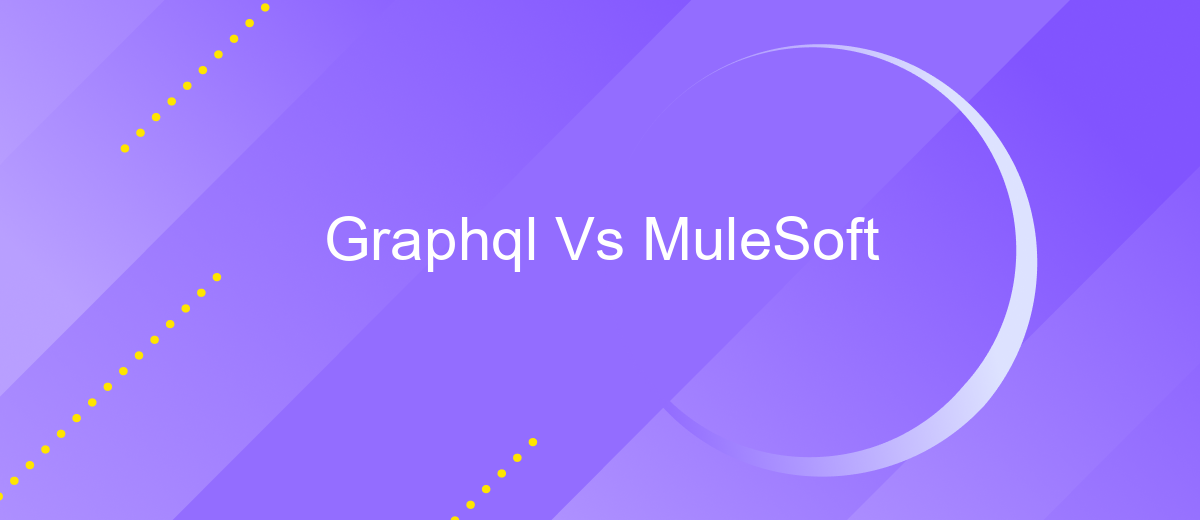Graphql Vs MuleSoft
In the ever-evolving landscape of API integrations, choosing the right technology is crucial for seamless data exchange and efficient system performance. This article delves into a comparative analysis of GraphQL and MuleSoft, two powerful tools that offer distinct approaches to API management. By exploring their features, use cases, and benefits, we aim to guide you in making an informed decision for your integration needs.
What is GraphQL?
GraphQL is a query language for APIs and a runtime for executing those queries by using a type system you define for your data. Developed by Facebook in 2012 and released as an open-source project in 2015, GraphQL provides a more efficient, powerful, and flexible alternative to the traditional REST API.
- Declarative Data Fetching: Clients can request exactly the data they need, reducing over-fetching and under-fetching issues.
- Strongly Typed: Every query is validated against a strongly-typed schema, ensuring consistency and reliability.
- Real-time Data: Subscriptions allow clients to receive real-time updates, enhancing interactivity.
GraphQL allows for more intuitive data fetching and manipulation, making it ideal for complex applications. For instance, services like ApiX-Drive can leverage GraphQL to streamline data integration processes, enabling seamless connectivity between various APIs and systems. This enhances the efficiency and effectiveness of data-driven applications, providing a robust solution for modern API management.
What is MuleSoft?

MuleSoft is a comprehensive integration platform that enables businesses to connect various applications, data, and devices seamlessly. It provides a unified solution for API management, design, and implementation, allowing organizations to streamline their operations and improve connectivity. MuleSoft's Anypoint Platform offers tools for building, deploying, and managing APIs and integrations, making it easier for companies to adapt to changing business needs and technological advancements.
By leveraging MuleSoft, businesses can enhance their digital transformation efforts and ensure efficient data flow across different systems. Additionally, integration services like ApiX-Drive can complement MuleSoft by offering automated workflows and simplified integration setups. ApiX-Drive allows users to connect various applications without the need for extensive coding, making it an ideal solution for businesses looking to optimize their integration processes. Together, MuleSoft and ApiX-Drive provide a robust framework for achieving seamless and efficient integrations.
GraphQL vs MuleSoft: Similarities and Differences

GraphQL and MuleSoft are both powerful tools used in the realm of API management and integration, but they serve different purposes and have unique features.
- Purpose: GraphQL is a query language for APIs that allows clients to request exactly the data they need. MuleSoft, on the other hand, is an integration platform for connecting applications, data, and devices.
- Flexibility: GraphQL offers flexibility in querying data, enabling clients to specify the shape and amount of data they want. MuleSoft provides flexibility in integrating various systems through pre-built connectors and templates.
- Use Cases: GraphQL is ideal for optimizing data fetching and reducing over-fetching or under-fetching of data. MuleSoft excels in complex enterprise integrations, supporting a wide range of protocols and data formats.
- Learning Curve: GraphQL requires learning its schema definition language and query syntax. MuleSoft requires understanding its Anypoint Platform and integration flows.
- Tooling: GraphQL has a rich ecosystem of tools for building and testing APIs. MuleSoft offers comprehensive tools for designing, deploying, and managing integrations, including ApiX-Drive for automating workflows and connecting services.
In summary, while GraphQL focuses on efficient data querying, MuleSoft provides a robust platform for integrating diverse systems. Choosing between them depends on whether the primary need is data querying optimization or comprehensive system integration.
When to Use GraphQL and MuleSoft

Choosing between GraphQL and MuleSoft depends on your specific needs and project requirements. GraphQL is ideal for applications that require efficient data retrieval and flexible querying capabilities. It allows clients to request exactly the data they need, reducing over-fetching and under-fetching issues.
On the other hand, MuleSoft excels in scenarios where complex integrations across multiple systems are necessary. It provides a robust platform for connecting applications, data, and devices, ensuring seamless data flow and business process automation.
- Use GraphQL for applications needing real-time updates and dynamic data fetching.
- Opt for MuleSoft when dealing with legacy systems and comprehensive integration needs.
- Consider GraphQL for microservices architectures to streamline communication between services.
- Leverage MuleSoft for enterprise-level integration with extensive API management capabilities.
For businesses looking to simplify integration processes, tools like ApiX-Drive can be invaluable. ApiX-Drive offers a user-friendly platform to automate data transfer between various services, making it easier to manage integrations without extensive coding.
Conclusion
In conclusion, both GraphQL and MuleSoft offer powerful capabilities for managing and integrating APIs, but they serve different purposes and excel in distinct scenarios. GraphQL provides a flexible and efficient way to query data, making it ideal for applications that need to fetch specific pieces of information with minimal overhead. It allows developers to request exactly what they need, reducing the amount of data transferred and improving performance.
On the other hand, MuleSoft is a comprehensive integration platform that excels in connecting a wide range of systems, applications, and services. It offers robust tools for designing, building, and managing APIs and integrations, making it a great choice for enterprises with complex integration needs. For those looking to streamline their integration processes further, services like ApiX-Drive can be incredibly useful. ApiX-Drive automates data transfer between various systems and applications, enhancing the efficiency and effectiveness of your integration strategy. Ultimately, the choice between GraphQL and MuleSoft depends on your specific requirements and the complexity of your integration landscape.
- Automate the work of an online store or landing
- Empower through integration
- Don't spend money on programmers and integrators
- Save time by automating routine tasks
FAQ
What is GraphQL and how does it differ from MuleSoft?
Can GraphQL and MuleSoft be used together?
Which is better for API management, GraphQL or MuleSoft?
Is it easier to implement GraphQL or MuleSoft for a new project?
Are there services that can help with automation and integration for GraphQL and MuleSoft?
Apix-Drive is a simple and efficient system connector that will help you automate routine tasks and optimize business processes. You can save time and money, direct these resources to more important purposes. Test ApiX-Drive and make sure that this tool will relieve your employees and after 5 minutes of settings your business will start working faster.


